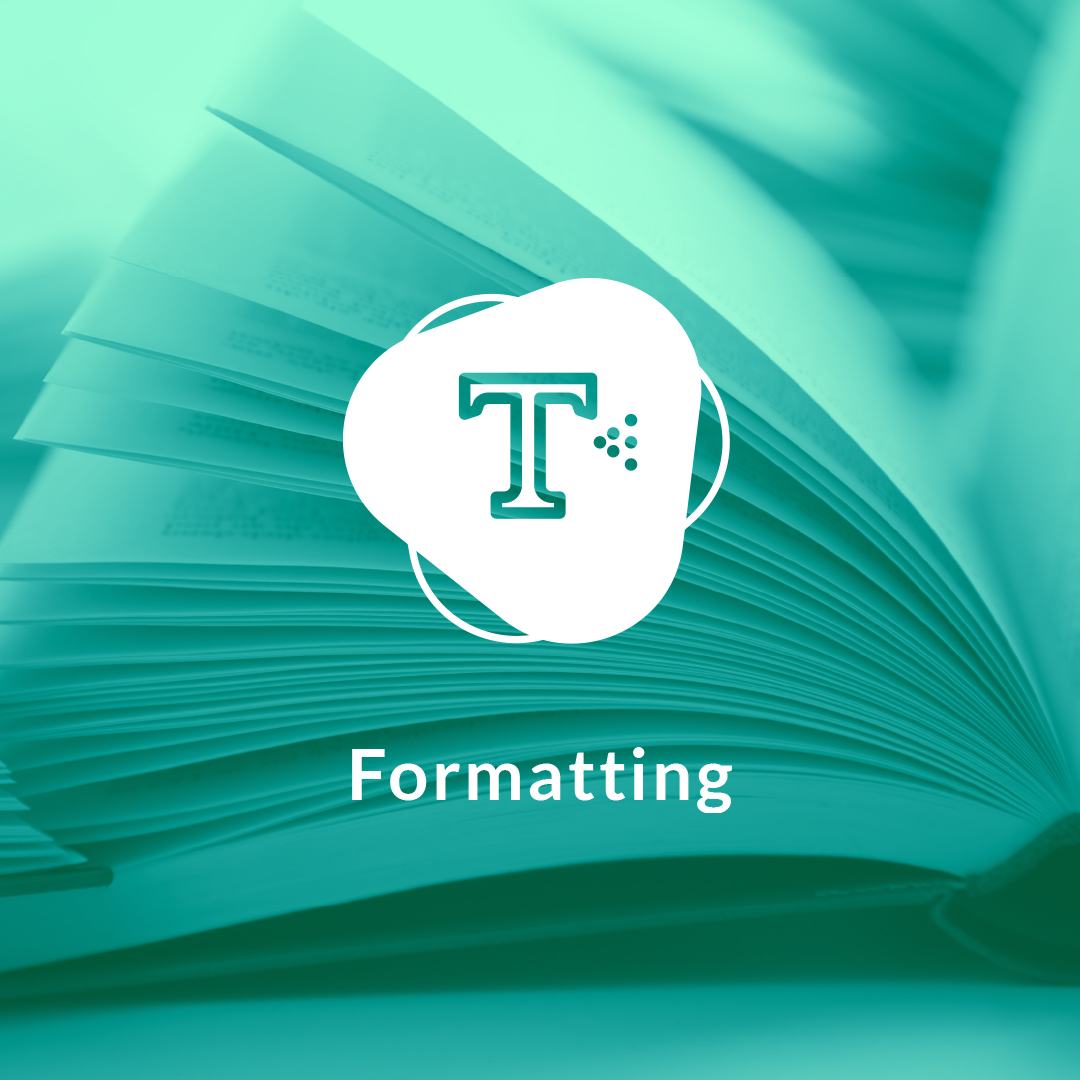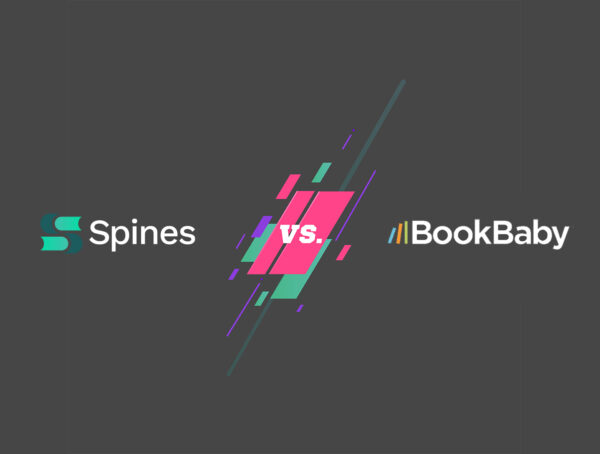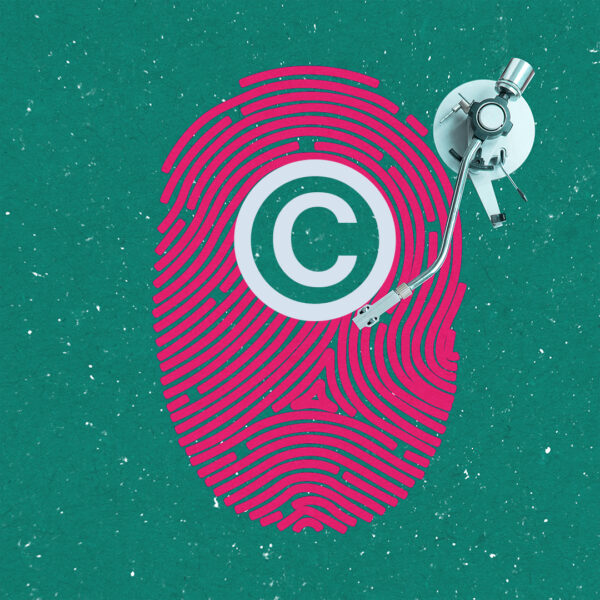Ever open a book with text so small that you need a magnifying glass to read it? Or a gutter so narrow that it’s hard to tell where one section ends and the next begins? If you’re an avid reader, you’ve probably encountered books like these at least once in your life. When you do, it becomes painfully obvious why working with a self-publishing company offering professional book formatting services may be a wise move.
The truth is, formatting can make or break your reader’s experience, subject you to negative book reviews, and eliminate the possibility of being on a bestseller’s list. Readers may not be able to look past the amateur formatting, regardless of how good of a writer you are. On the other hand, if your book is formatted correctly, it will look and feel as competitive as the rest; you show potential readers that you take your work seriously and have spared no expense.
This article will discuss the basics of book formatting, why you should take it seriously, and why you should consider having a self-publishing company do the job for you.

What Is Book Formatting?
Book formatting is the process of organizing, arranging, and structuring a book’s content. It is an art form that combines text, graphics, and layout. Formatting is often a complicated process and all parts must work together cohesively. If you want your reader to be interested in the content you are trying to share, you need to make your book’s interior pleasing to the eye.
For example, a well-formatted book could be one with a clean and easy-to-read layout, where the audience can easily focus on the content and read without squinting or feeling frustrated. Formatting affects the selling price, presentability, and usability of your book by your target audience. In fact, you can tell you’ve found a well-formatted book when reading feels effortless, fluid, and enjoyable. Some of the key elements that a graphic designer specializing in book formatting will consider are the following:
- Images and Graphics
- Typography (font styles and sizes)
- Margin and White Space (top, bottom, gutter, and outside)
- Trim Size
- Widows and Orphans
- Indentation
- Line Spacing
- Bullets and Numbering
- Line Breaks
If this sounds like gibberish to you, don’t worry. Book formatting is not part of the skill set of the average writer. And luckily, there are plenty of self-publishing companies that can help you with book formatting.
But Why Does Your Book Need Professional Formatting?
- Reader Experience: A book is much more than just words in a row. Poor formatting can make for a poor reader experience. No matter how good of a writer you are, when your book is strewn with formatting errors, it can be challenging for the reader to enjoy what you’ve written.
- Organization: Readers want to know where they are in the story. You will need to break up your chapters using chapter headings and mark your sections. That way, they can easily navigate your book if they want to go over something again.
- Accessibility: If the reader wishes to use different devices to read your book, they should be able to do so with ease. Ideally, you should provide them with the following formats: ePub, PDF, and Kindle.
- Coherence: There is no one-size-fits-all format for books. They must match the book’s theme, genre, story, and message. For example, if you are writing a textbook, it will require a different format than a novel.
Why Hire a Self-Publishing Company for Book Formatting Services
Because good formatting is critical to the success of a book, many self-publishing companies offer formatting services as part of their publishing packages. Sure, you can hire a book designer, developmental editor, and cover designer separately – but this can take more time and more money than you may be willing to spend. Or, you can work with all of them under the roof of a single self-publishing company that has already helped countless authors get their books onto the shelves of major retailers, libraries, and independent bookstores.
Self-publishing platforms like BooxAI have experts who work closely with you to ensure that your final product is a well-formatted masterpiece. And what’s more – they use AI technology to cut down on the time it takes to complete the formatting process, so you can get to the market quicker.
A good self-publishing company provides a variety of services to authors, from design to distribution. They understand the nuts and bolts of the publishing process, which means they can answer your questions about copyright, marketing, editing, and more.








